Are you tired of dealing with a damp, musty basement every time it rains? It’s time to put an end to the frustration and protect your home from costly water damage.
In this blog post, we’ll show you how to waterproof a basement effectively, so you can enjoy a dry and healthy living space. We’ll explore the importance of proper waterproofing, discuss common causes of water damage, and delve into various methods available for keeping your basement moisture-free.
This comprehensive guide is all you need to confidently tackle the most common basement issue that all homeowners have, but very few take action.
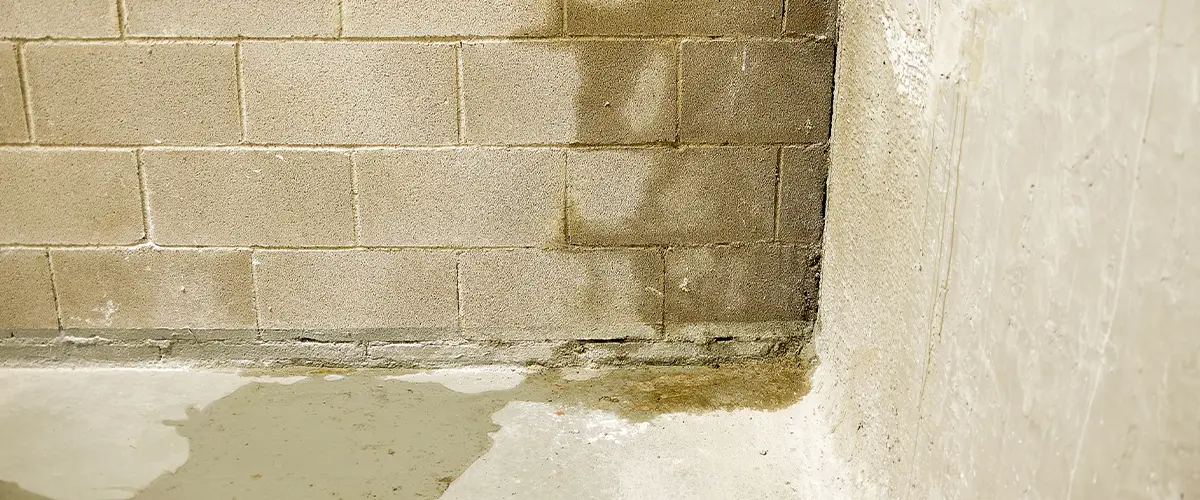
Key Takeaways
- Waterproofing your basement is crucial to protect your home from structural damage, mold growth and health risks caused by excess moisture.
- External waterproofing involves excavating around the foundation walls, installing proper drainage systems and applying a waterproof membrane or coating to prevent water seepage.
- Internal waterproofing can be less expensive since it does not involve excavation but only addresses water after it has already penetrated through foundation walls. It also helps reduce humidity levels in the basement that promotes mold growth.
- Installing a drainage system like French drains can divert groundwater away from your property's foundation before it reaches your basement thus keeping the space dry and free of moisture.
Understanding Basement Waterproofing
Basement waterproofing is crucial for protecting your home’s foundation and preventing water damage, mold growth, and other issues caused by excess moisture.
Importance Of Basement Waterproofing
Waterproofing your basement is an essential step in protecting both the value and integrity of your home. A neglected wet basement can lead to costly structural damage, ruined personal belongings, and even health risks for you and your family due to mold growth.
Taking the time to waterproof your basement not only safeguards against these potential issues but also enhances living conditions by preventing dampness and humidity from infiltrating living spaces above.
Common Causes Of Water Damage
One common cause is heavy rainfall or melting snow seeping into the basement through cracks and holes in walls, floors, and joints between materials.
Groundwater buildup due to poor soil drainage can lead to hydrostatic pressure exerted against your basement walls, forcing water inside even if there are no visible wall cracks or leaks.
Additionally, interior causes like plumbing leaks or condensation on cold surfaces (such as pipes) can create dampness that fosters mold growth—a health concern for homeowners.
Risks Of Mold And Mildew Growth
Moisture in your basement also helps the growth of mold and mildew. These unwanted guests not only cause unpleasant odors, but they can also wreak havoc.
When left untreated, mold and mildew growth can lead to various health issues for homeowners. They release airborne spores that may aggravate respiratory problems such as asthma or allergies when inhaled.

Risks Of Mold And Mildew Growth
Moisture in your basement also helps the growth of mold and mildew. These unwanted guests not only cause unpleasant odors, but they can also wreak havoc.
When left untreated, mold and mildew growth can lead to various health issues for homeowners. They release airborne spores that may aggravate respiratory problems such as asthma or allergies when inhaled.
Methods For Waterproofing A Basement
External Waterproofing
External waterproofing is a method of basement waterproofing that involves addressing the source of water seepage from outside the foundation walls.
This method usually requires excavating the surrounding area to reach the exterior walls and applying a waterproof membrane or coating to prevent moisture from entering.
Proper drainage is also installed around the perimeter of the foundation wall, such as French drains, to channel water away from your home.
It’s important to note that external waterproofing can be costly due to excavation and labor costs. However, it’s a long-term solution that provides lasting protection against water damage and mold growth caused by excess moisture in your basement.
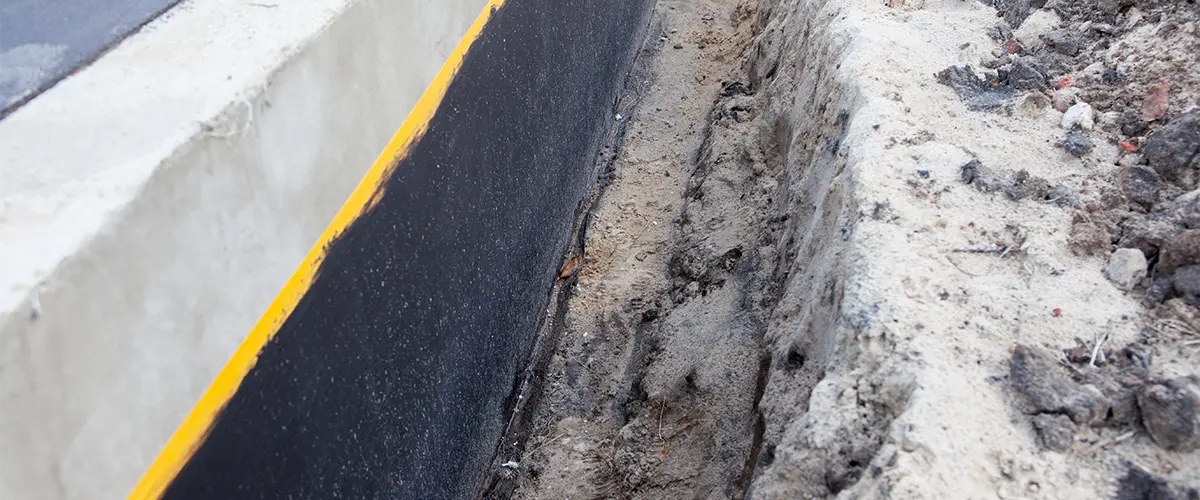
Internal Waterproofing
Internal waterproofing is another method of keeping your basement dry and free from moisture. This involves cleaning the area, plugging holes, filling cracks, sealing openings, and applying a waterproof material to the walls and floors inside your basement.
One benefit of internal waterproofing is that it can be less expensive compared to external methods since you don’t have to excavate the soil around your home’s foundation.
Internal waterproofing may also be more practical if you have limited outdoor space or if there are obstacles such as decks or patios around your house.
It is important to note though that interior solutions only manage standing water after it has penetrated through foundation walls.
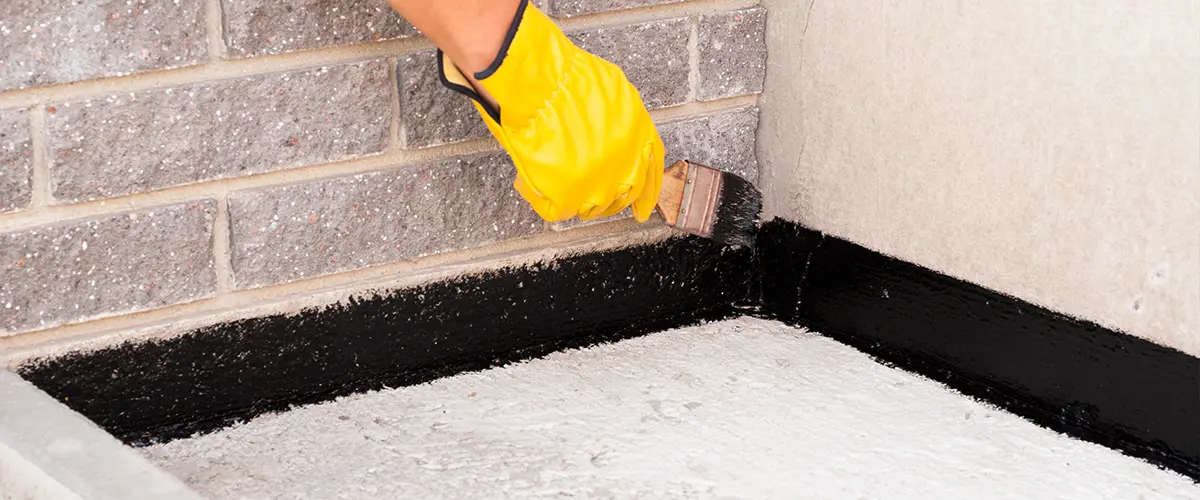
Water-resistant Coatings
Water-resistant coatings are also known as waterproof paints and are a popular way of protecting basement walls and floors from moisture. These coatings can be applied to both interior and exterior surfaces, providing an additional layer of protection against water damage.
When choosing a water-resistant coating for your basement, it’s important to select one that is specifically designed for this purpose. Look for products that are formulated with waterproofing agents, such as latex or silicone, which can help to prevent the growth of mold and mildew.
Overall, while water-resistant coatings are helpful in preventing basement leaks and moisture issues, they should not be used as the sole means of waterproofing.
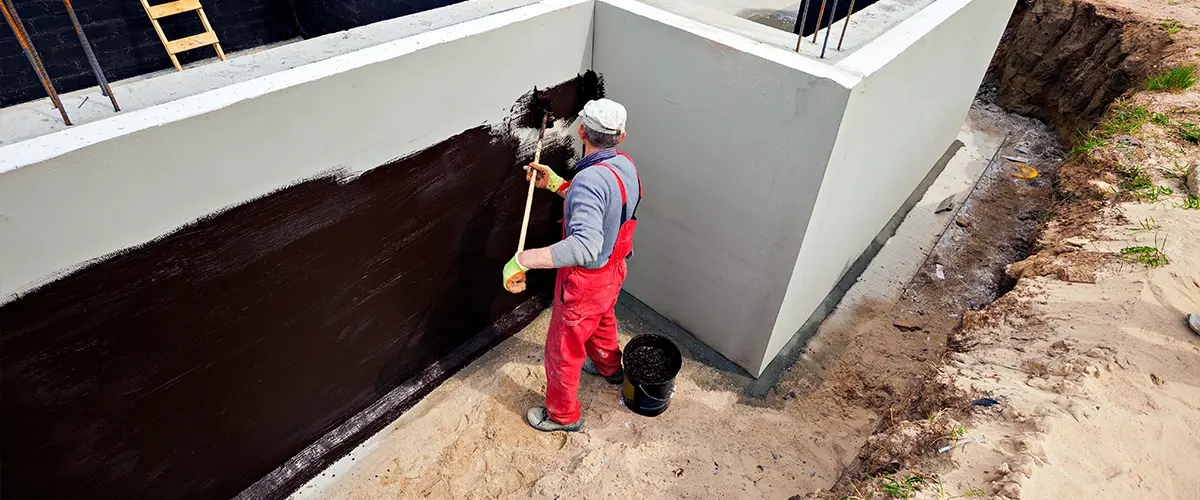
Drainage Systems
One effective way to waterproof a basement is by installing a drainage system. This involves digging around the perimeter of your home and laying down perforated pipes that will collect water and channel it away from your foundation.
A French drain installation is one type of basement drainage system that can effectively prevent flooding and protect your property from water damage. It’s an underground trench with a perforated pipe surrounded by gravel or rock, often covered with landscaping fabric to further protect against clogging.
By directing excess groundwater away from your home, this method helps keep basements dry and free of moisture-related problems like mold growth or structural damage caused by damp conditions.
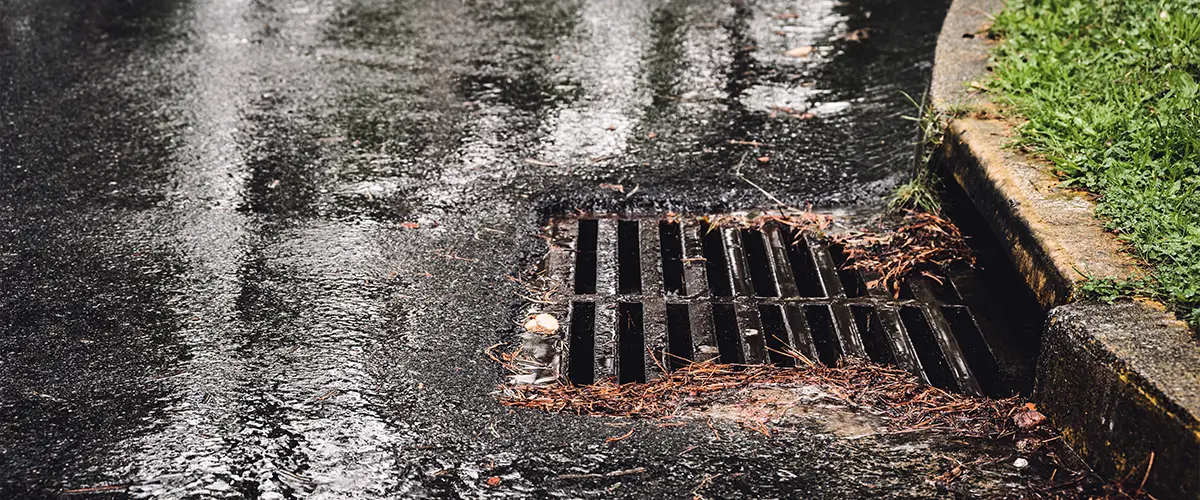
Tips For Maintaining A Waterproofed Basement
Regular inspections are crucial to ensure that your basement remains protected from moisture. Keep gutters and downspouts clean, address any leaks or cracks immediately, ventilate the space properly, and consider installing a sump pump for added protection against flooding.
These simple steps can help you maintain a dry and healthy basement for years to come.
Regular Inspections
Regular inspections are an essential part of maintaining a waterproofed basement. Homeowners should inspect their basements at least once a year to ensure that there are no signs of water damage, leaks, or cracks that could lead to moisture problems.
In addition to visual inspections, homeowners can also hire professionals for more in-depth assessments of their basements. These experts can identify potential problem areas and recommend solutions before they become major issues.
Maintain Gutters And Downspouts
Regular maintenance of gutters and downspouts is essential for preventing water damage in your basement. Gutters can become clogged with leaves, debris, and other materials that prevent proper drainage.
This can result in water pooling around the foundation walls and seeping into the basement. Similarly, downspouts that are not properly directed away from the house can cause water to accumulate near the foundation, leading to moisture problems.
Failure to perform regular maintenance on these systems could lead to costly repairs involving hiring a professional waterproofing company ($3,000 – $10,000) as well as mold removal projects ($500-$6,000).
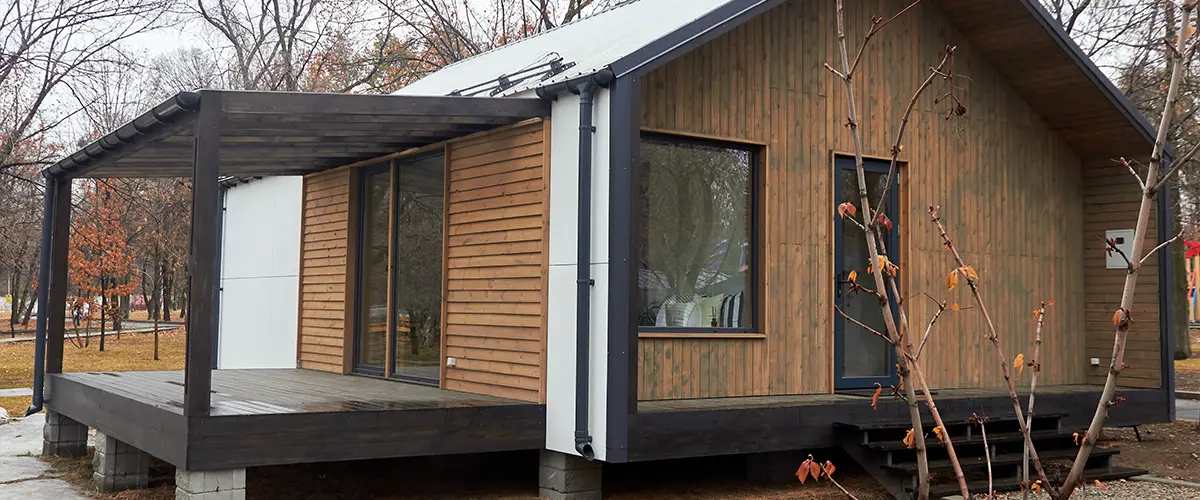
Address Any Leaks Or Cracks Immediately
Cracks are another common issue that homeowners face when it comes to basement waterproofing. They can occur due to the natural settling of a foundation over time or from external pressure against the walls.
You can hire a professional contractor to repair larger cracks, but smaller ones can be fixed with a do-it-yourself kit from your local hardware store.
Regardless of the size of the crack or leak, addressing them immediately will help prevent further damage and keep your basement dry and safe.
Keep Basement Well Ventilated
Proper ventilation is an essential aspect of maintaining a dry and healthy basement. Adequate airflow helps to prevent moisture buildup, reduce the risk of mold growth, and eliminate unpleasant odors.
There are several ways you can improve the ventilation in your basement area. For example, opening windows or installing vents will allow fresh air to circulate while removing stale air that can cause dampness.
You could also use a dehumidifier to regulate humidity levels if necessary.
Install A Sump Pump
A sump pump is a critical component of a waterproofed basement. It works by collecting water that has seeped into the basement and pumping it out, keeping your basement dry and safe from water damage.
Installing a sump pump requires digging a hole in the lowest part of the basement floor, installing the pump inside, and connecting it to an outlet pipe that leads outside.
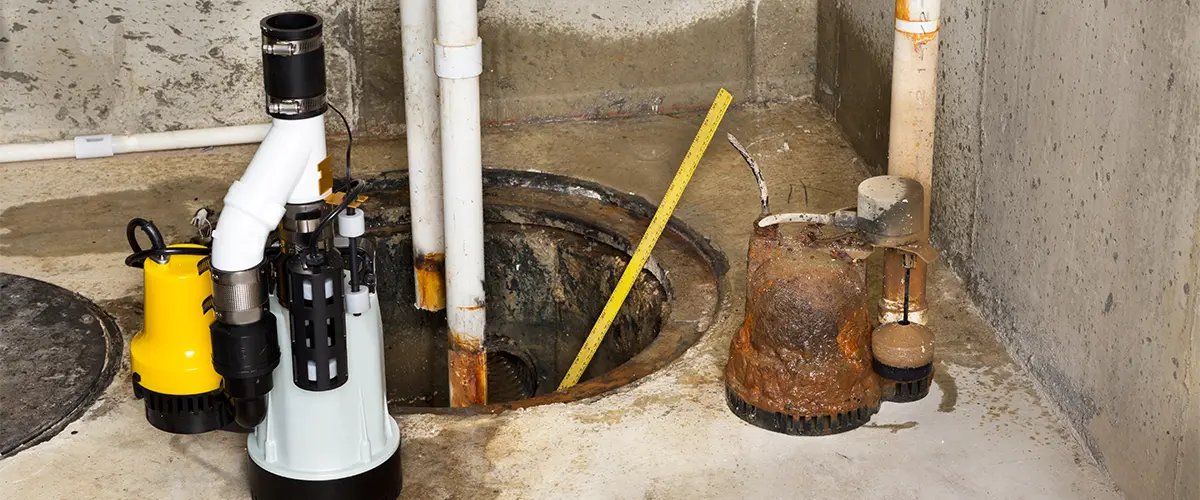
Conclusion
Waterproofing your basement is crucial to protect your home from structural damage and mold growth.
By understanding the common causes of water damage and using various methods such as external or internal waterproofing, drainage systems, and water-resistant coatings, you can keep your basement dry and healthy.
According to reports from insurance companies, over 90% of water damage in homes could have been prevented through proper maintenance on structures such as:
- regular inspections for damages/leaks,
- maintaining gutters/downspouts so rainwater doesn't accumulate around foundations leading to seepage into basements;
- installing sump pump systems if groundwater ingress poses a threat - this will help reduce chances of flooding during heavy rainfall events
Remember to maintain regular inspections, address any leaks or cracks immediately, keep gutters clean and downspouts functioning well, install a sump pump if necessary, and keep the area properly ventilated.
Check out our basement remodeling service and enjoy a quality waterproofing service!
